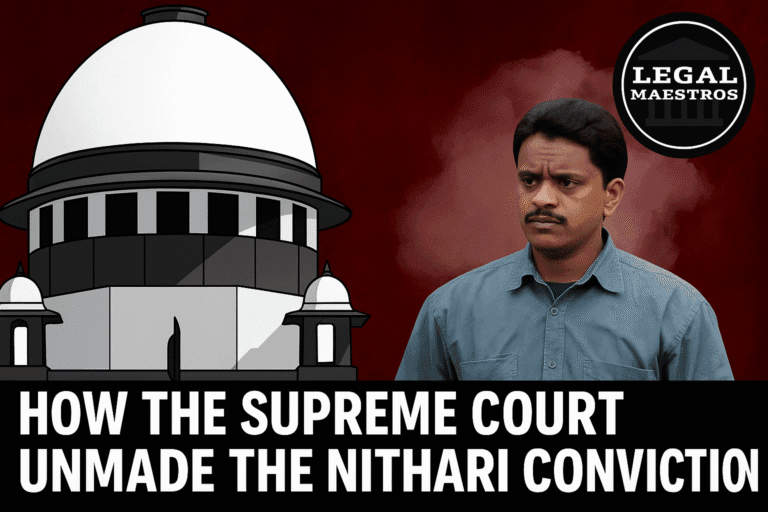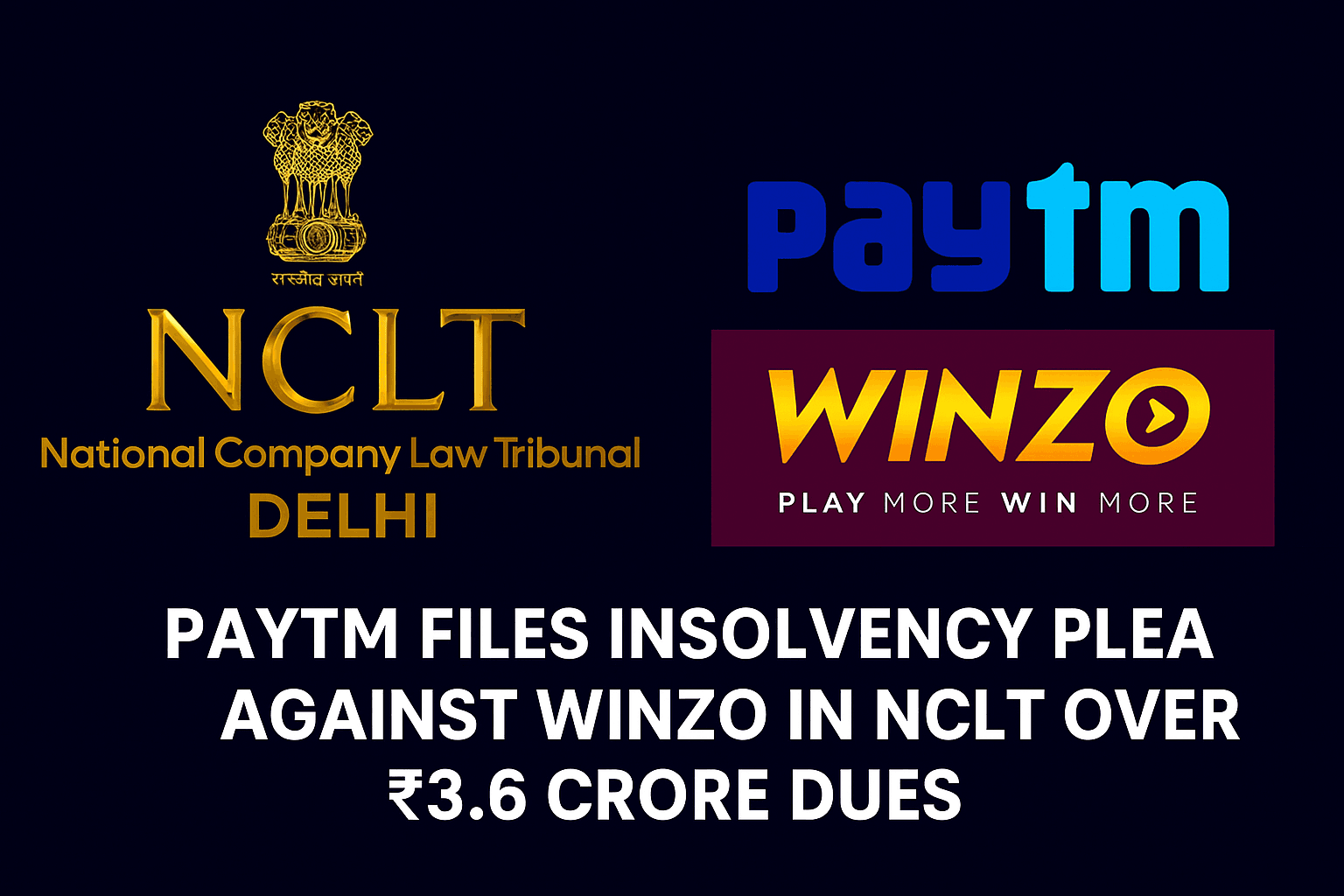
Delhi HC Directs Centre, RBI to Address Visually Impaired Needs Before New Currency Notes
A Landmark Decision for Inclusivity
The Delhi High Court has given an extremely important order to the Central Government and the Reserve Bank of India (RBI) in a move that is deemed very crucial in enforcing the rights and dignity of every citizen. The court has ordered these high authorities to be keen and consult the requirements of the visually impaired community before deciding on the design of any new currency note.
It is the second time decision that follows the petitions of several groups and individuals long fighting to get more accessible currency. Over the years, the blind population has had to contend with a myriad of problems with respect to recognizing and utilizing various denominations of banknotes, which impacts their financial self-sufficiency and personal safety. The outcome of the court ruling is a confirmation that they are not alone in their fight, and the court has set a clear guideline on the proactive inclusion and not the reactive remedies that in most cases are not effective at all.
This directive is a significant change that can be noted in the design of the public services and utilities in the country. It does not simply represent tokenism but requires real interaction with the very individuals that happen to be the most affected by design decisions. The High Court is doing so by the order of prior consultation to ensure that the lived experiences and practical challenges faced by the visually impaired people are accorded proper weight on one of the most basic elements of economic life daily, which is the handling of cash.
For any queries or to publish an article or post or advertisement on our platform, do call at +91 6377460764 or email us at contact@legalmaestros.com.
The results of such decision stretch much further than the issuance of bank notes. It establishes a strong precedence on other government sectors, in the sense that its principle requires services that are funded by the people to be provided to the members of the people, irrespective of their physical capabilities. It is a solid judicial thrust into a more just society where design is only useful to humanity as a whole rather than a few who are privileged.
The Grievances of the Visually Impaired Community
The day to day life of a blind person entails making a way in the world which is more of a blind world. The issue of currency is a difficult obstacle to manage. The fact that they can not give a reliable judgment between the 10 dollar note and the 500 dollar note without some help means that their privacy is at stake, they are an easy target, and that their daily transactions are a nightmare. These sources of dependency in terms of basic financial transactions are a big loss to their self esteem and independence.
Although over the years, the RBI has added some tactile elements in the notes of currency, the petitioners claimed that they have been irregular and unsuccessful in most occasions. An example is the size of various notes in the new Mahatma Gandhi series which do not visibly differ as much as in older series eliminating one of the most prominent identification techniques. Moreover, the tactile markings, i.e., raised lines and shapes, wear out with circulation, which makes them useless on older notes.
For any queries or to publish an article or post or advertisement on our platform, do call at +91 6377460764 or email us at contact@legalmaestros.com.
It has been repeatedly highlighted in the community that it is not just the minor inconvenience but the big obstacles to economic involvement. One who has no guarantee of the amount of money he or she is giving or accepting is always at a disadvantage. It has an influence on their capability to operate a small business, to make purchases without hesitation or to just manage their budget at home without feeling like being exposed or at the mercy of strangers or even friends.
The legal action was thus the much-needed climax of years of frustration and a call to be more systematic and understanding. The essence of the demand was straightforward but deep; engage us in the process. The visually impaired community claimed that only a personal consultation with end-users would enable the RBI to develop currency notes that are truly useful and accessible to all so that all citizens can participate in their right to financial autonomy.
The Court’s Directive and Its Significance
The order issued by the Delhi High Court is clear and direct in the intention. It has stipulated that the Union of India and the RBI should submit the findings and expert opinions about the accessibility of currencies to a committee or a group of experts and have their approval. More importantly, it is necessary to carry out this process before a new design of a banknote or a coin is granted mass production. This will guarantee that both the expertise and user feedback is incorporated during the blue print phase.
For any queries or to publish an article or post or advertisement on our platform, do call at +91 6377460764 or email us at contact@legalmaestros.com.
This order is important as it is timely and has enforcement. The court has shifted the emphasis to the pre-production design solutions rather than the post-production complaints by insisting on the prior consultation. It is much more efficient and respectful, as it will avoid the spread of ill-conceived notes that cause issues to millions of people who are citizens. It legalizes the concept of universal design in the central banking system and monetary policy of the country.
This case, in legal terms, strengthens the spirit of the Rights of Persons with Disabilities Act, 2016, according to which all services, including financial services, must be equally available. The court is more or less making sure that, the RBI, being a governmental agency is playing this legal and ethical duty. The ruling changes the accessibility plea into a demand that must be fulfilled in future currency issue.
It is a decisive signal to all the authoritative bodies in the society that the needs of the disabled citizens cannot be overlooked or approached casually. It emphasizes the fact that being truly inclusive means that there is a structural shift in the process where consultation with the stakeholders is not something that is done on paper but a real and active attempt to develop solutions that would benefit all the individual members of the society.
For any queries or to publish an article or post or advertisement on our platform, do call at +91 6377460764 or email us at contact@legalmaestros.com.
Moving Towards a More Accessible Future
In line with the court order, the future involves a good, heartfelt and cooperative action between the government and the blind community. RBI will now have to come up with a formal transparent mechanism of this consultation process. This may include the establishment of a permanent committee that is constantly represented by the organisations that represent the blind, design and accessibility gurus. It should be aimed at establishing a long-term dialogue rather than a single meeting.





![Research Assistantship @ Sahibnoor Singh Sindhu, [Remote; Stipend of Rs. 7.5k; Dec 2025 & Jan 2026]: Apply by Nov 14, 2025!](https://legalmaestros.com/wp-content/uploads/2025/11/Gemini_Generated_Image_s0k4u6s0k4u6s0k4-768x707.png)
![Karanjawala & Co Hiring Freshers for Legal Counsel [Immediate Joining; Full Time Position in Delhi]: Apply Now!](https://legalmaestros.com/wp-content/uploads/2025/11/Gemini_Generated_Image_52f8mg52f8mg52f8-768x711.png)